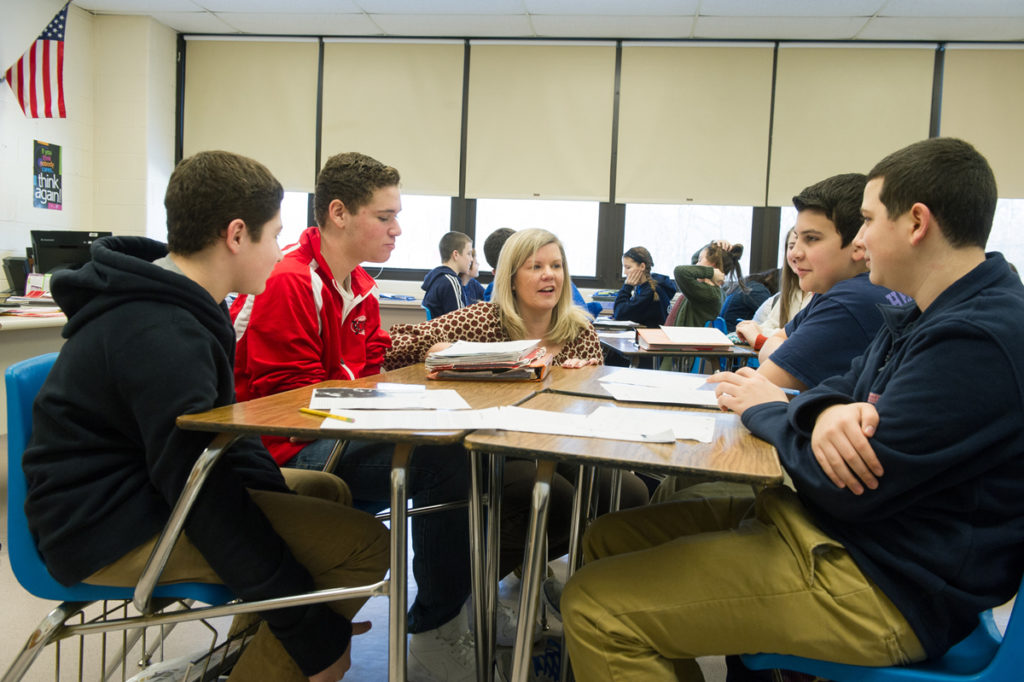
When adults start thinking about bullying prevention, I’ve noticed we often go right to wondering how to teach children to “stand tall.” This idea—that a child who is being bullied can stop the mistreatment if they stand up to their persecutor—is widely held. There are books about children learning to “stand tall” and defeat the person bullying them. There are bullying prevention manuals about teaching children how to “stand tall.” And in many schools I’ve visited to discuss bullying prevention, educators have asked me, “How can we teach children to protect themselves when they’re the target of bullying?”
The problem with this line of thinking is that it’s unfair and unrealistic to expect children who are being bullied to address the situation on their own. When all the children involved have equal social power, it makes sense to teach them how to resolve conflicts among themselves, but in situations where there’s an imbalance of power, it does not. In those cases, it’s our job to protect the less powerful child. Moreover, it’s always our job to teach all children to be kind and inclusive, so that mean behaviors are reduced.
I recently read an account of an incident of child abuse in a popular magazine. As I read, I started thinking about the similarities between child abuse and bullying, and about how differently we think about “whose job it is” to stop child abuse. When we hear about an adult who abused a child in his or her care, we don’t automatically think about what the child should have done to prevent or stop the abuse.
Instead, we think about adults who could have intervened. Who might have witnessed the event or have had cause to suspect that abuse was going on? Could they have stepped in and provided a safe haven? Could an adult have reported the incident to the police, who would then have stepped in? I also think about the people who taught the abuser the negative skills that led him or her to abuse his or her own child. Could someone, years ago, have prevented the abuse by helping that person learn to be a loving caregiver?
Bullying is not so very different. When a child is the target of mean words, exclusion, and hurtful actions, he or she feels small and powerless, like an abused child. Standing up to the person or persons doing the bullying is not a realistic possibility. Here’s what’s more likely to help:
If you want more specifics on how to do these things, you might find the lesson plans in How to Bullyproof Your Classroom helpful. The plans for primary and upper elementary grades in the book include lessons on befriending classmates who are teased or left out, the importance of letting adults know about meanness, the courage it takes to be an ally, and deciding when and what to report to adults. I hope you find them helpful, and if you use them, I’d love to know.
Whose job is it to stop bullying? It’s our job.
Caltha Crowe is the author of three books: Sammy and His Behavior Problems, Solving Thorny Behavior Problems, and How to Bullyproof Your Classroom.